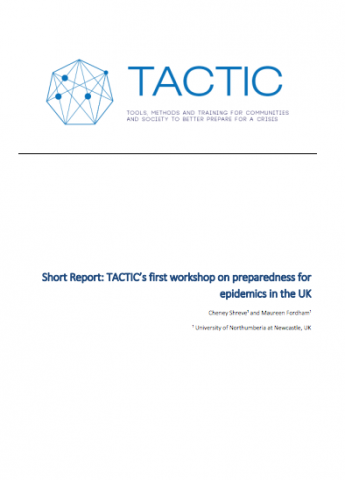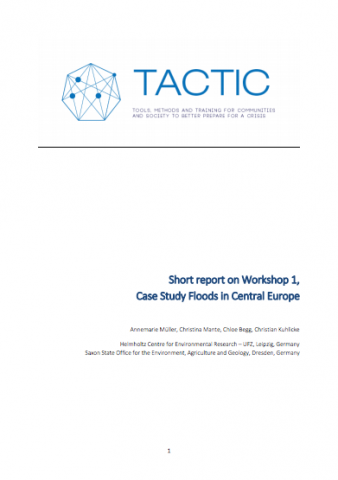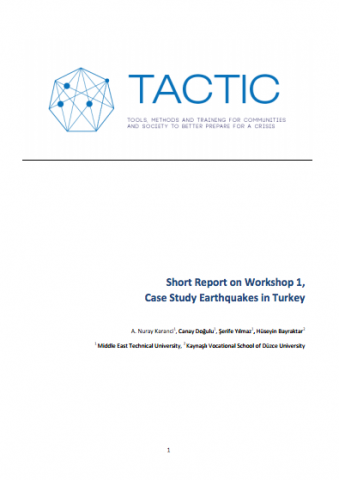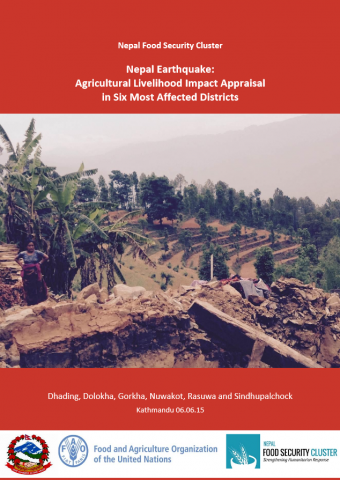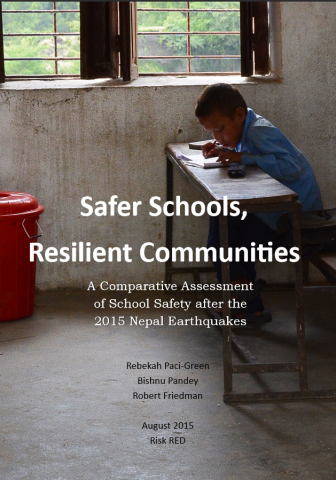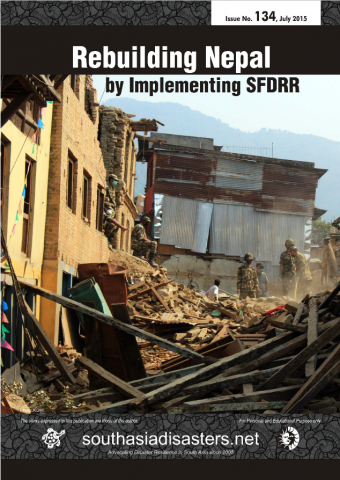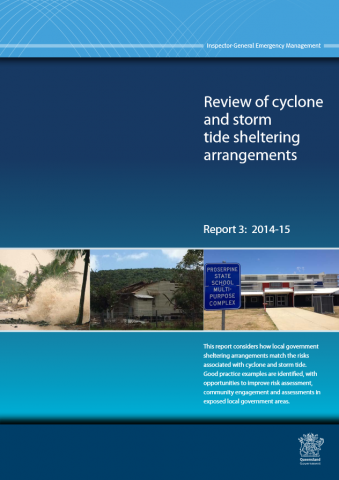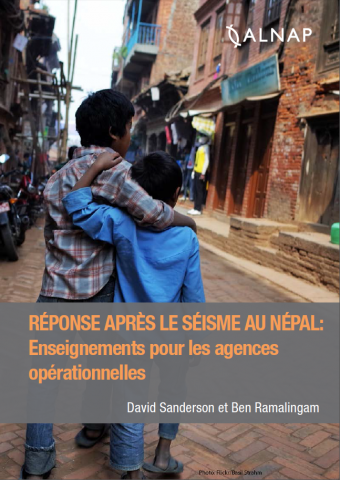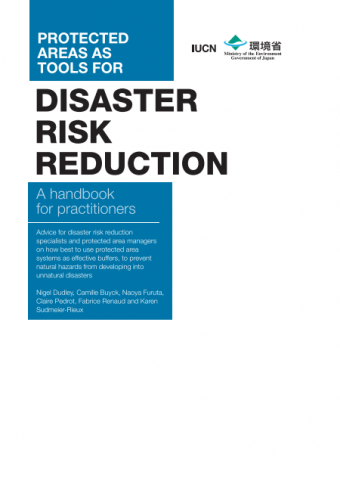Case Study: Preparedness for epidemics in the UK
One of TACTIC’s overarching aims is to understand preparedness from a cross-boundary, ‘multi-hazard’ perspective. As a part of this effort, TACTIC partners are investigating floods, earthquakes, epidemics and terrorism through a series of case studies. Northumbria University is conducting a case study on epidemics in the United Kingdom (UK) focused on the 2001 Foot-and-Mouth Disease […]
Case Study: Preparedness for epidemics in the UK Read More »

